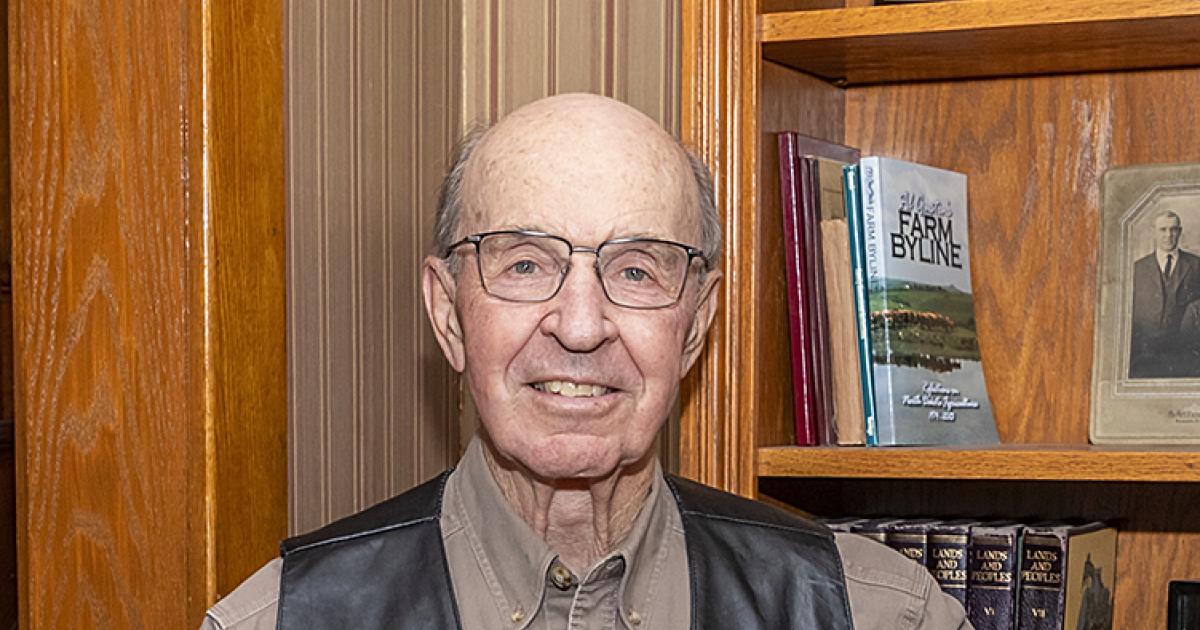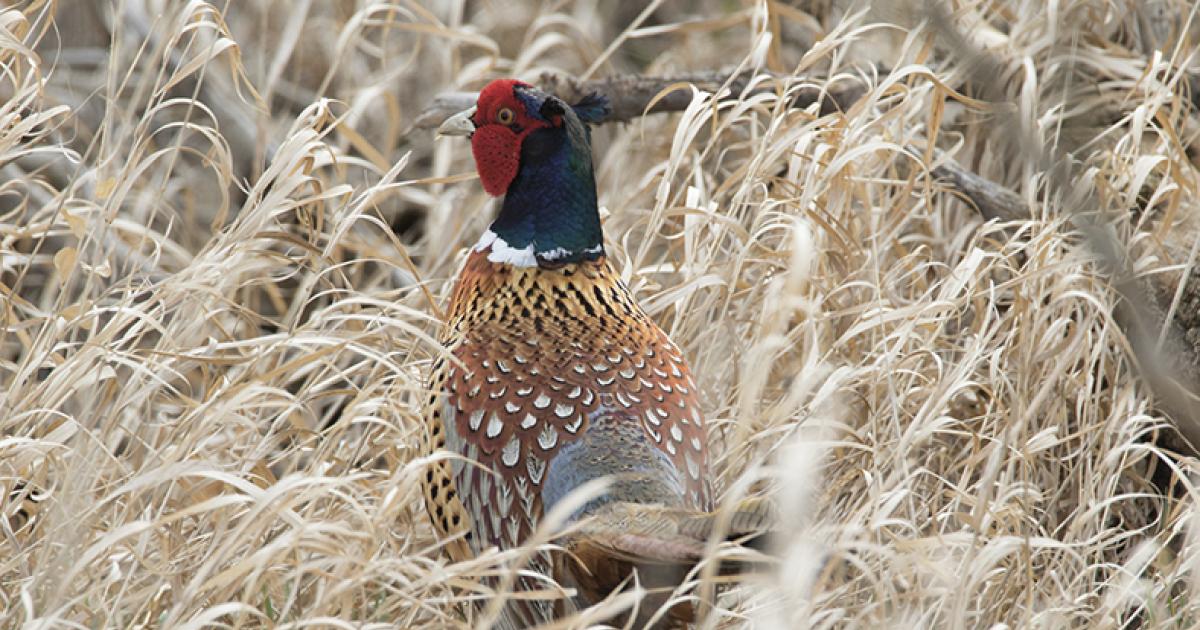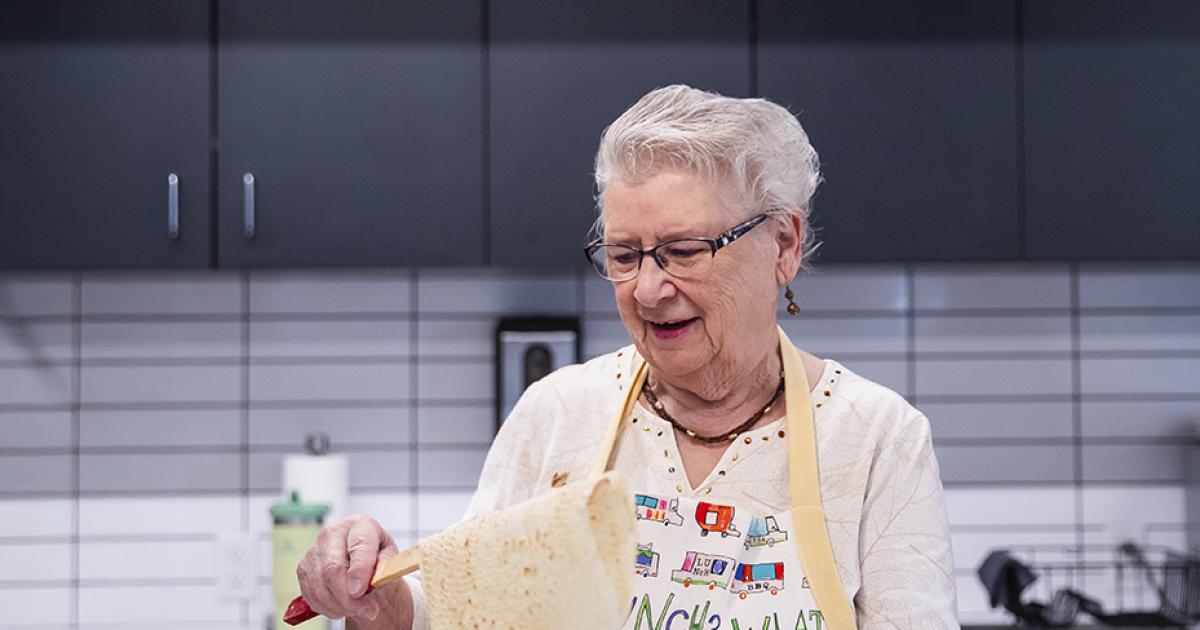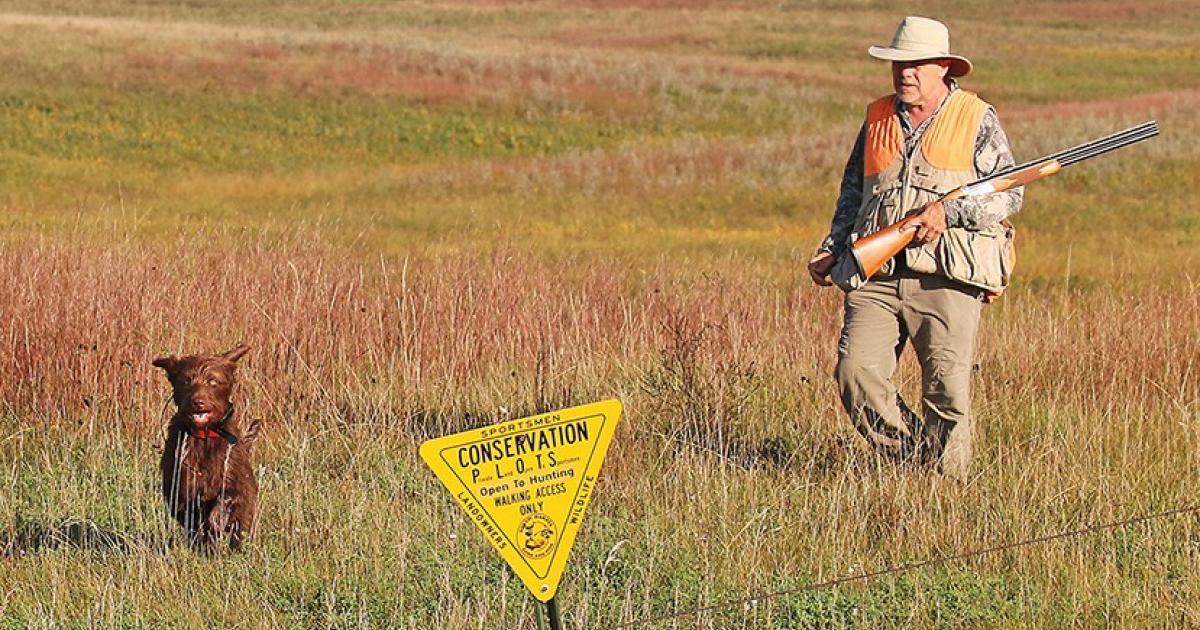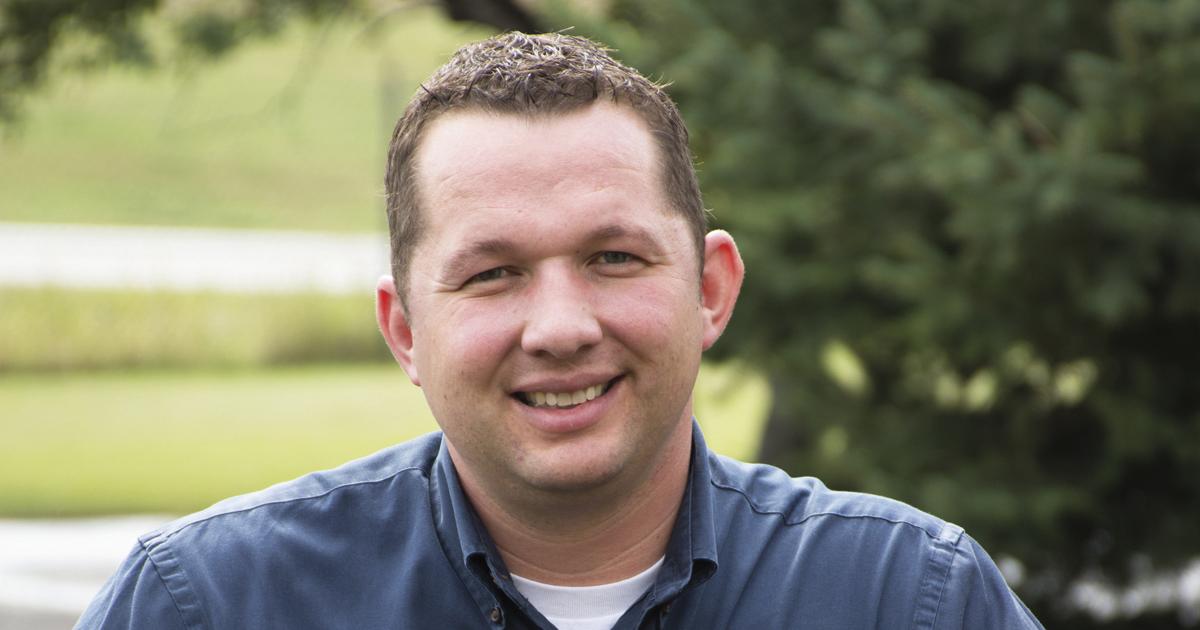June’s National Dairy Month observance finds me thinking about North Dakota’s dying dairy industry and all the dairy stories I’ve done these past 50-plus years, especially the last one.
When I started, North Dakota had several thousand farms with dairy cattle and two large dairy producer organizations. There were numerous cheese plants, creameries and bottling plants. Our June stories were about dairy shows, dairy princesses and cow milking contests.
It all changed over time. There was always the issue of supply, demand and price. Good milk prices led to over-production, which led to low prices and farmers quitting. Checkoff dollars worked to increase demand, but controlling supply proved more difficult. The government’s infamous 1986 dairy buyout took out many producers. As more dairy farmers quit, the creameries and cheese plants closed, and more farmers quit. Eventually, the bottling plants closed, too, leaving the farms that supplied milk to those plants without a practical market.
In 2004, the N.D. Dairy Coalition tried to attract out-of-state or out-of-country dairies. There were few success stories. We did stories with producers who tried to become more efficient by getting larger or using growth hormones to increase production or installing robotic cow milkers. Nothing, it seemed, could stem the tide. There are just two dozen dairy farms in North Dakota today.
Which brings us to our most recent TV dairy story. The last two dairy farm families in Emmons County were gracious enough to share their experiences. Emmons County is the county that historically – and proudly – boasted more dairy farms than any other county in the state. There were 200 there in 1985. Of the two we visited, one had quit in March and the other will, in all likelihood, follow suit. “A 90% chance,” he told me. I tried to capture how difficult it was for them to quit what they loved to do.
All the stories we have done over the past 50-plus years would write a book about North Dakota’s family farm dairy industry. It’s sad to think the one from Emmons County is part of what many fear will be the final chapter.
___
Al Gustin is a retired farm broadcaster, active rancher and a member of Mor-Gran-Sou Electric Cooperative.


